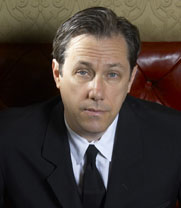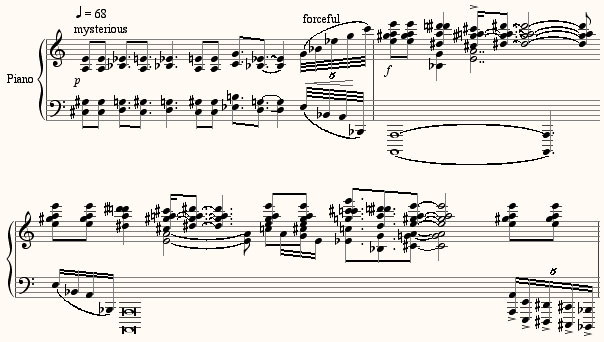I hadn’t replenished PostClassic Radio in well over a month, and to my horror Sarah Cahill told me that a friend of hers, a devoted listener (so that’s who’s logging on), had now heard the entire current playlist. Well, it’s no longer true – 19 new recordings just went up by a crowd of composers mostly quite a bit younger than myself: Andrea La Rose, Matt McBane, Paula Matthusen, Andrian Pertout, Teresa Hron, David Toub, Jim Altieri, the amazing M.C. Maguire, Carolyn Mallonée, Kevin Volans, Scott Unrein, Jo Kondo, plus a Flute Trio by Feldman newly out on New World with flutist Dorothy Stone. Nice stuff. More to come, don’t stop listening now.
UPDATE: Someone actually complained that I don’t have any of my own music programmed lately (all right, it wasn’t a complaint exactly, he was just wondering, and come to think of it, he did sound a little grateful), so I’ve fixed that. I try not to repeat pieces, and I just don’t compose fast enough, or rather record fast enough, to keep contributing.

 I was almost remiss in letting an important milestone go by: today composer Mikel Rouse turns 50. In America you’re a “young composer” until you’re 50, and it’s disconcerting to think that Mikel, only 14 months younger than me but ten years younger-looking, has crossed the line. He’s the only composer younger than myself whose music has influenced my own long-term. He piles up layer after layer after layer in his recordings, all at different tempos and rhythms, and yet his music retains a remarkable clarity, and the ear can zero in wherever it chooses. My music sounds nothing like his; his is extremely pop-oriented and exquisitely produced in the studio, mine is mostly regular acoustic concert music with almost no pop influence. But when composing I stop and listen to his albums to remind myself to never stop reaching for that amazing clarity. I drink to his health and incredible music.
I was almost remiss in letting an important milestone go by: today composer Mikel Rouse turns 50. In America you’re a “young composer” until you’re 50, and it’s disconcerting to think that Mikel, only 14 months younger than me but ten years younger-looking, has crossed the line. He’s the only composer younger than myself whose music has influenced my own long-term. He piles up layer after layer after layer in his recordings, all at different tempos and rhythms, and yet his music retains a remarkable clarity, and the ear can zero in wherever it chooses. My music sounds nothing like his; his is extremely pop-oriented and exquisitely produced in the studio, mine is mostly regular acoustic concert music with almost no pop influence. But when composing I stop and listen to his albums to remind myself to never stop reaching for that amazing clarity. I drink to his health and incredible music.
